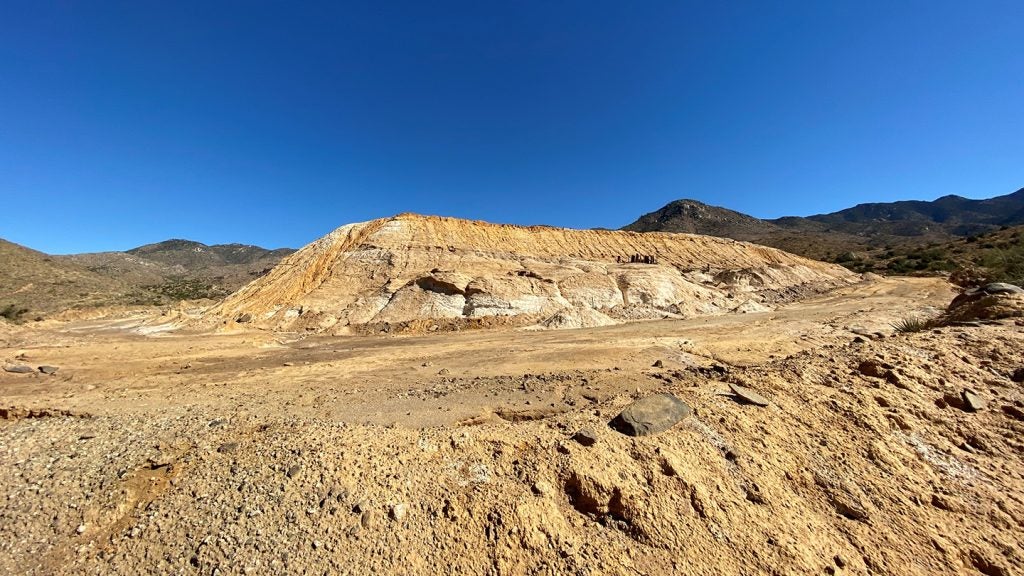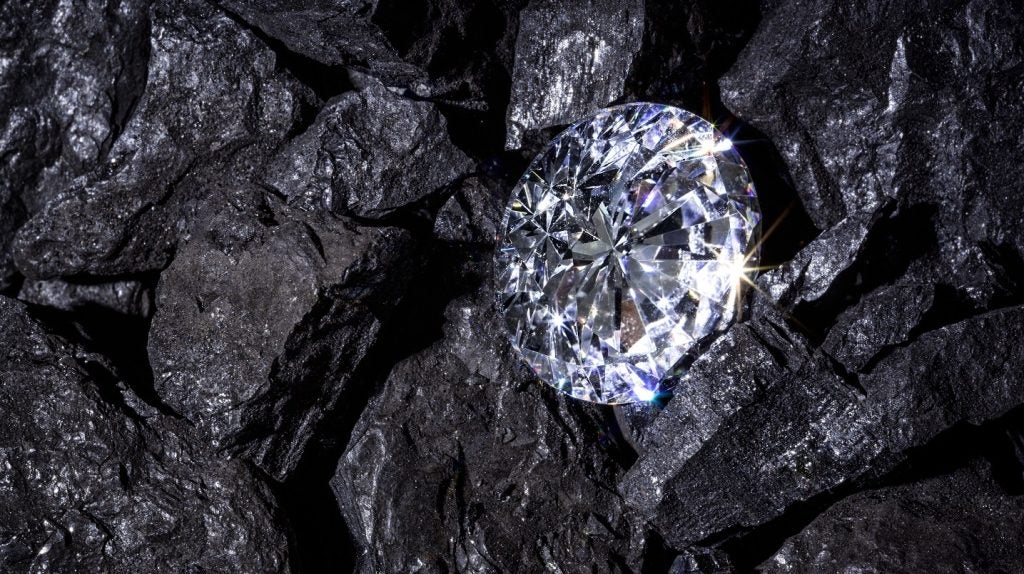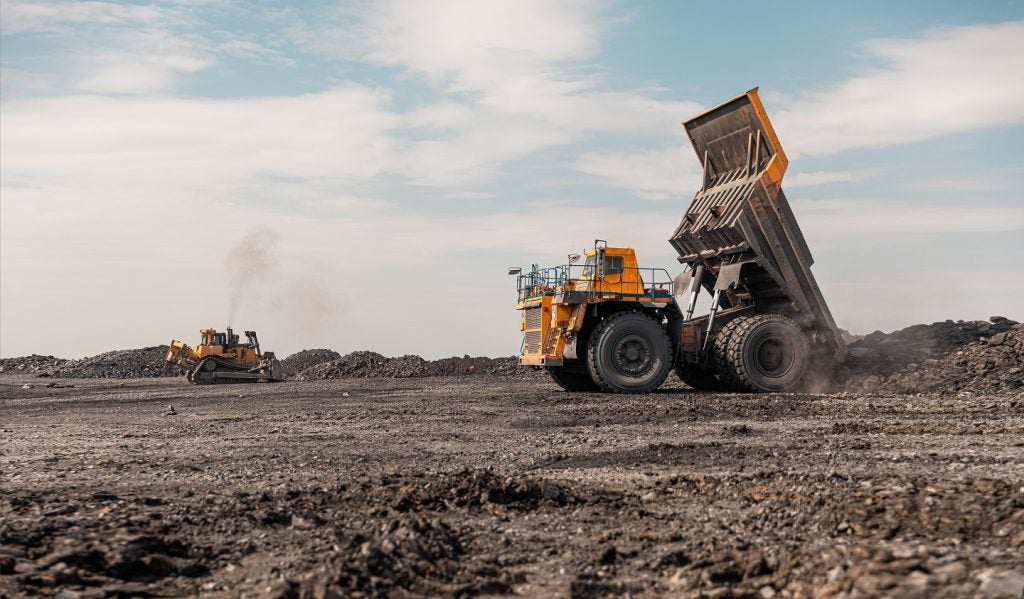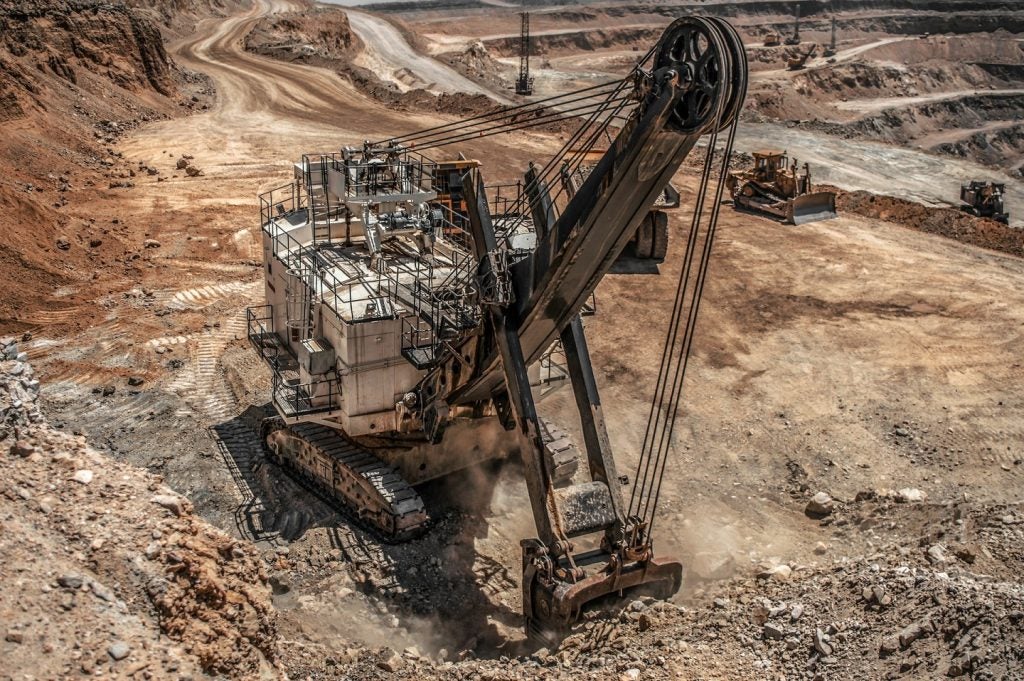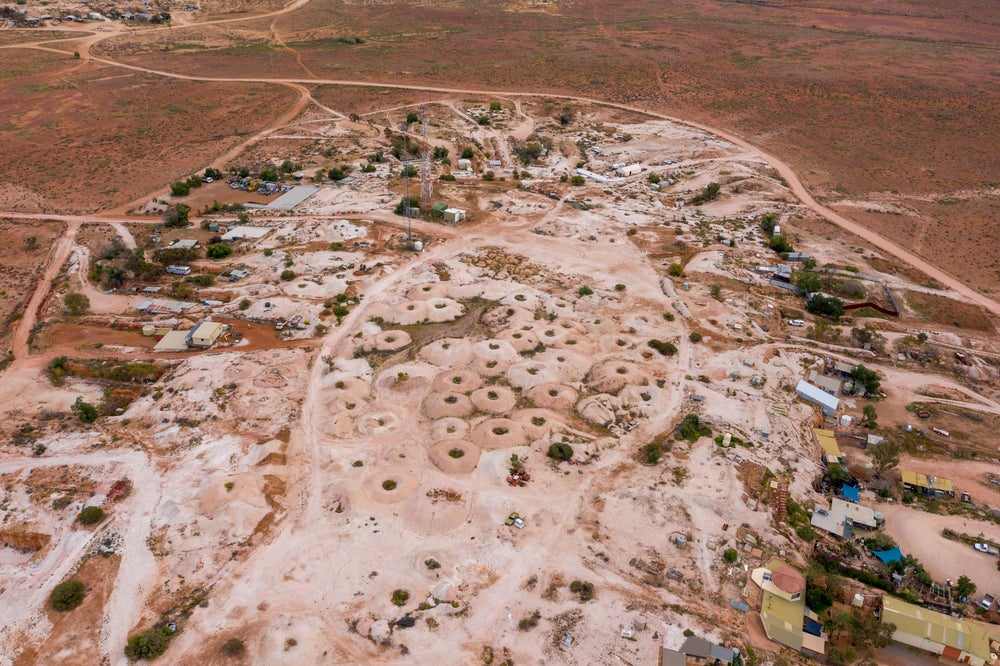
A build-up of sand and sediment from former mining and land clearing is choking the Murray River in New South Wales (NSW), Australia.
The sand, which reaches up to four metres in depth is blocking a narrow stretch of the river known as the Barmah Choke, or the Barmah-Millewa Reach.
The problem, initially caused by gold mining and land clearing in the 1800s, has cast a spotlight on the legacy of mining operations in NSW.
Run-off from flooding that took place between July and August 2022 has accelerated the buildup. The blockage has reduced the flow of water by more than 2,000 megalitres a day compared with flow rates in the 1980s.
The sand buildup now sits just 30cm below the water’s surface with water levels dropping back to 4.5m beyond it.
Earlier this year a coal mine located near Australia’s Great Barrier Reef was blocked under the country’s Environment Protection and Biodiversity Conservation Act. Australian Environment Minister Tanya Plibersek made the decision stating that the “environmental impacts are simply too great”.
How well do you really know your competitors?
Access the most comprehensive Company Profiles on the market, powered by GlobalData. Save hours of research. Gain competitive edge.

Thank you!
Your download email will arrive shortly
Not ready to buy yet? Download a free sample
We are confident about the unique quality of our Company Profiles. However, we want you to make the most beneficial decision for your business, so we offer a free sample that you can download by submitting the below form
By GlobalDataThis marked the first time a federal environment minister had used their powers under environmental law to reject a mining project.
Mining and resources are a key part of the NSW economy; in 2021–22 coal mining provided about A$3.5bn ($2.6bn) in royalty, and minerals and petroleum provided about (A$200m).
The Murray Darling Basin Authority conducted an investigation into the Barmah Choke in 2019. The authority found that 20 million cubic metres of sand were recorded higher up in the river, which will flow down and contribute to the choke.
The report found that the buildup was not naturally occurring and was the result of “gold-mining, and land clearing along with desnagging and river regulation in the 19th and early 20th centuries”.
The authority plans to conduct sediment work following a 2022 feasibility study. A detailed investigation will begin next month into potential operational changes.



